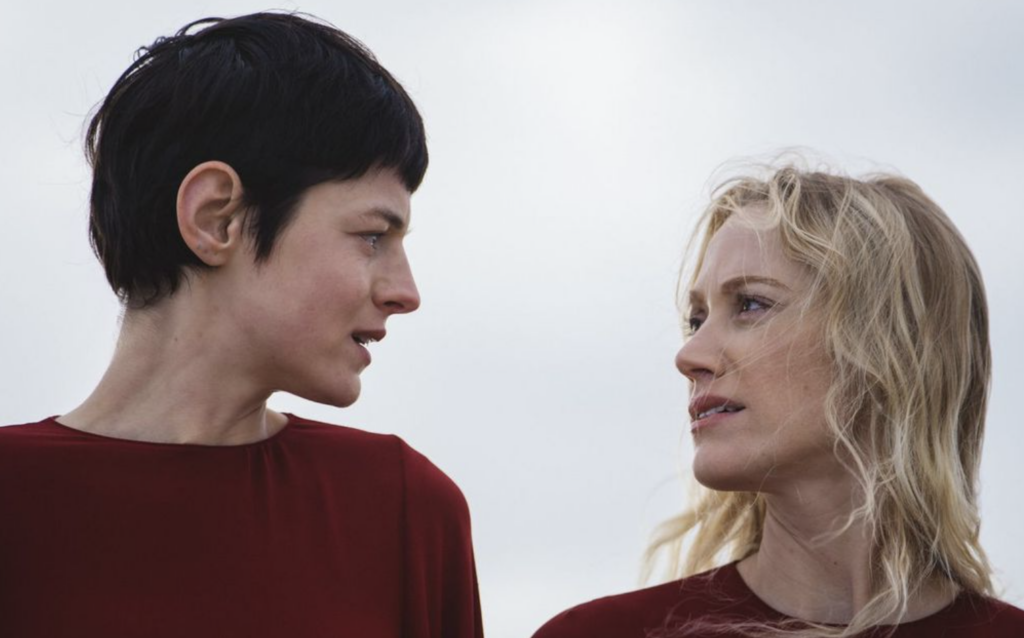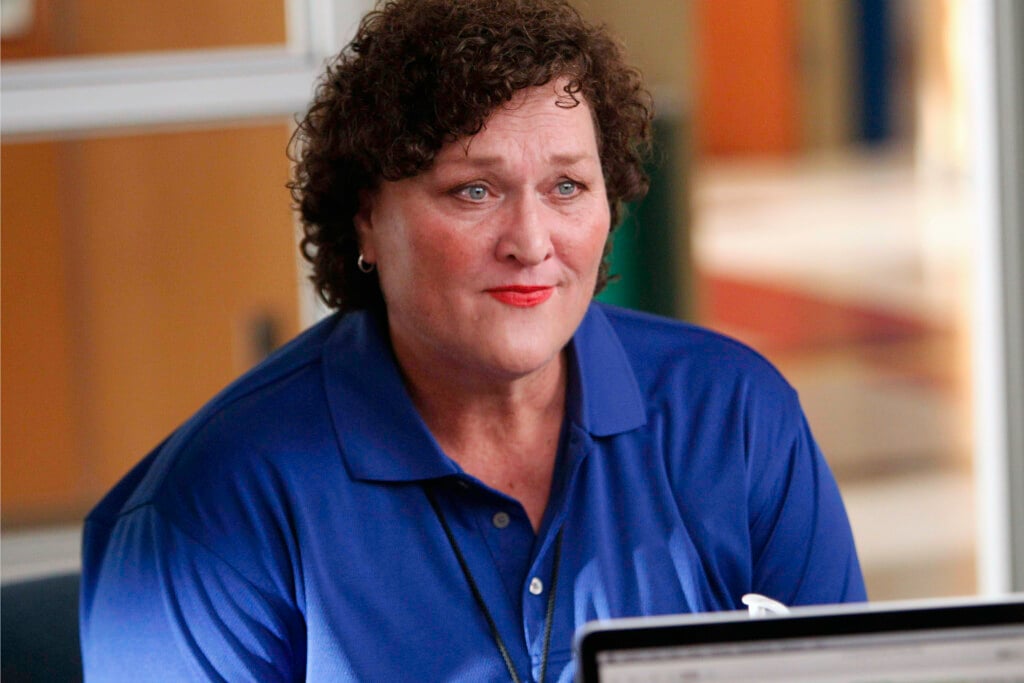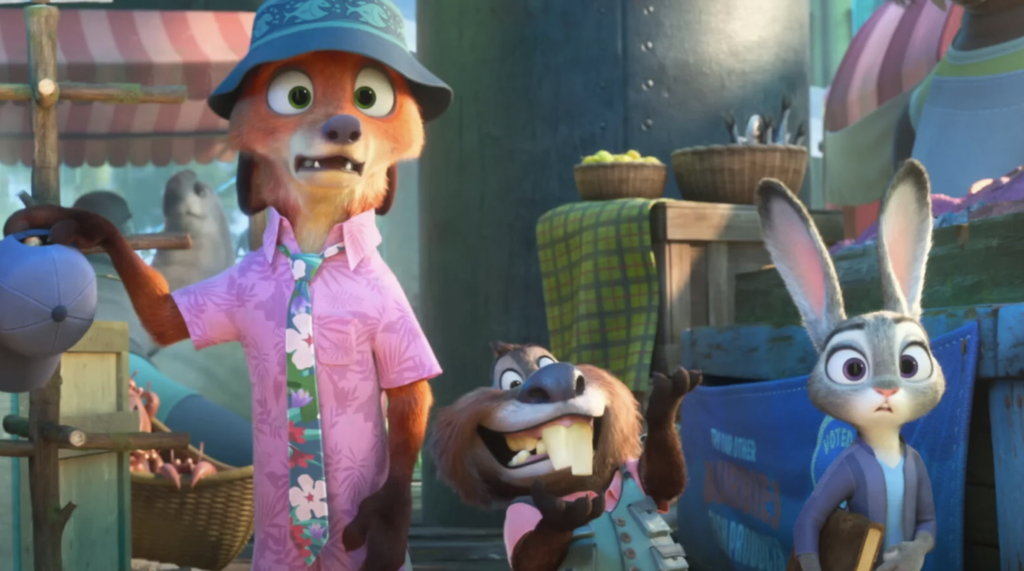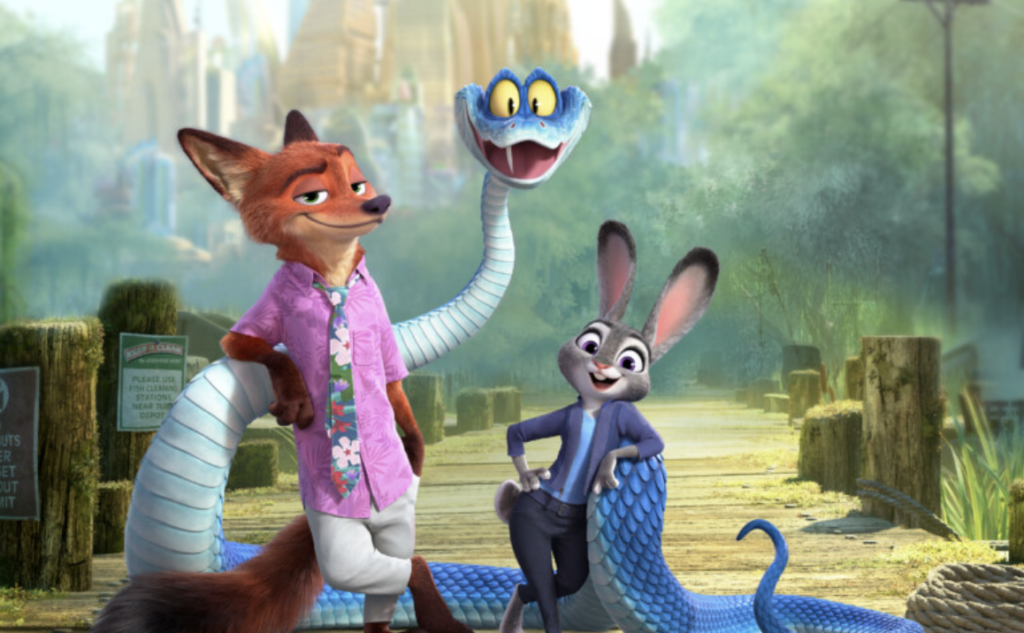Ambitious animated fantasy The Spine of Night is a throwback you need to see
Out this week on DVD, Blu-ray and 4K UHD DVD/Blu-ray SteelBook, The Spine of Night is an ambitious rotoscoped animated fantasy film that hearkens back to the days of Heavy Metal and Ralph Bakshi’s Wizards.
“This epic begins many years ago when an ambitious young man steals forbidden knowledge from a sacred plant and, as he falls to its darker temptations, unleashes ages of suffering onto mankind. As his power grows over the years, there are many who stand against him. Among them are a daring tomb-robber, star-crossed lovers, a maniacal necromancer, winged assassins, and an undying guardian.”
The process of bringing this vision to life began almost a decade ago, in October of 2013, with animator Morgan Galen King working on several shorts to develop and refine the style, and over the years, it became a writer/director collaboration between Galen King and filmmaker-comics writer Philip Gelatt.
After a series of festival appearances, The Spine of Night is now available for home viewing.
We spoke with Gelatt, Galen King, and one of the film’s stars, Larry Fessenden (a writer and director in his own right), via Zoom about the process of bringing this epic tale to life.
The Pitch: This whole film really is its own unique thing, but I think a lot of people will be reminded of Heavy Metal and Ralph Bakshi’s Wizards and things of that nature. The best compliment I can give it is, visually, is that every scene looks like it could be airbrushed on the side of a van. I mean that with all sincerity. What in your collective history made an animated fantasy film such an appealing concept?
Morgan Galen King: I mean, I certainly grew up in the era where it was everywhere. I was on the younger side of it. I was born in ’79, but in the early days of VHS, The Hobbit, Lord of the Rings, and Fire and Ice–and not too long after that, Heavy Metal–made their way into my eyeballs. And even surrounding that The Black Cauldron, He-Man, and Thundercats were all working in this space. It was the dominant theme of my early exposure to culture and fantasy and all.
Philip Gelatt: Notoriously in my family. I wanted to see The Black Cauldron when it was in theaters and my mom wouldn’t take me. She took me to see Sesame Street‘s Follow That Bird instead. I view that to be like, somewhat facetiously, the origin story of me only being interested in more hardcore genre fare. I mean, Follow That Bird‘s a fine film. But I’ve seen The Black Cauldron now many times, but yeah–same as Morgan. I was just sort of seeking stuff as soon as I was allowed to be, which was at some point after The Black Cauldron came out.
Larry, you have been in so many seminal genre films and you had another big film come out earlier last year with Jakob’s Wife. What was the appeal for you in voicing an animated feature?
Larry Fessenden: Well, first of all, I love this kind of hysterical character doom doomsayer, so that appealed to me. Most of my friends would not even recognize any difference between my political rants and this doom character. It’s always fun to get a juicy part and, more specifically, as I became more aware of what these guys were up to, I was just very endeared to the sense of hand-craftsmanship that they were bringing to it. I just immediately was pleased to even do my brief stint on it. That was my experience.
As a character actor, it’s always interesting to me to get the call and, and see what a production is doing. You’re not going to be invested in the seven-year tour, but even in a brief period, I immediately saw that had a great cast they were assembling–not only people I knew but also obviously, Richard E. Grant types.
For you as an actor, what is it like getting rotoscoped?
Larry Fessenden: Well, I was post-scopes. I think the main cast went in there and they performed and then they got themselves drawn. The closest I can come–not to just drop a name, but I was in the video game Until Dawn, and that was a case where we had the foam swords and we ran around and pretended we were in the flows and then you watch what they’ve done, but that wasn’t rotoscoping. That was just good old modern technology with the CG and so on.
Morgan and Phillip, I really appreciate the fact that you both just mentioned The Black Cauldron, because there were several scenes within The Spine of Night that look very familiar. There are definitely some undead soldiers at some point, too, so thank you. However, this is also an ecological tale that seems to be much more applicable to current affairs than when you started production. What is it like to make a movie and, as things go along in the timeline, to see it become more and more timely?
Morgan Galen King: I think we tried to pick things that we were worried about, like political concerns, environmental concerns when we were envisioning where the story would go. There’s a lot of horror and cosmic ideas to it, so picking the worst-case scenarios of ecological disaster and failed real states versus the tide of fascist uprisings, we were hoping that would not be what happened, but there were still fears in the back of our minds. I think, unfortunately, it ended up being more prescient than we would have chosen.
Philip Gelatt: I think you can always take a very dim view of humanity, but taking and leaning into a cynical worst-case perspective on things often yields rewards, I suppose, in terms of seeming like you’re prescient about things.
Larry Fessenden: Horror and fantasy—very often, it’s a cautionary tale about the dark side of humanity and where we could head, if we don’t mind our P’s and Q’s, and of course, over and over, we fail to do so. This is not the beginning of authoritarianism. This is just a revisit.
This is a film that premiered in a weird situation. How have you managed to gain a little bit more out of getting to release it when the premiere happened online. I feel like I’ve talked to a lot of filmmakers over the past year whose new films were almost anticlimactic.
Morgan Galen King: For me, this is the first film I’ve had played at festivals in any real capacity. I’ve had a couple of short film things, so I haven’t really missed what it would have been like. I’ve only really known this. I was really looking forward to traveling the world and going everywhere, and I possibly could hate this, after such a long time stuck at home with the computer, but, you know, I’ll just fly around when this is all over. But there’ve been benefits, too. I mean, specifically, I think we were able to work with actors who probably would have been really busy with a bunch of other projects if they hadn’t been stuck at home. It opened up a lot of doors in that capacity, for sure, so I think this is a trade-off.
Philip Gelatt: Take the good with the bad. I mean, certainly, a virtual premiere was very strange. Larry, Jakob’s Wife premiered virtually at South by Southwest, too, right? You’re very well-versed in film festival culture, so what was that like for you?
Larry Fessenden: Oh, it’s not the same, but so SXSW did a really nice job of sort of giving a sense of community: we watched the movie at a specific time as our premier and there were some interviews and so on. I mean, it really isn’t the same as going to the bar and spilling out of the premiere and having people come up to you, I have to say, but as you say, people try and, and I think some of the better festivals–South By being one of them–they really have done well. You get your own channel for that little five-day period and you’re also watching weird movies that aren’t out yet, so they pulled it off.
Given how much everyone is stuck at home, it seems as though a lot more folks have gotten to put eyes on movies that might not have otherwise been seen. I know the film hasn’t been out that long, in terms of the general public being able to see it, but have you found that there’s a good amount of eyes on The Spine of Night and folks getting to interact with you on social media about it?
Morgan Galen King: Oh yeah, definitely. Yeah. I’d say so. It’s sorta hard to know what it would have been like otherwise, but I mean, it’s been just tons of support. I’ve seen people on Twitter saying it was their favorite movie they saw this year, which is insane to me that that person said that. It’s been incredible to have it connected.
I mean, the short films have been on YouTube for a decade, basically and I’ve had a slow trickle of comments, but they’ve never really had a whole lot of coverage anywhere. This is definitely the first time that anything I’ve worked on has been exposed to a wider audience. It’s me trying to take it in stride and not reread the bad reviews and only focus on the glowing ones.
The Spine of Night is epic in the story that it tells. It feels as if you didn’t really have to compromise to make this film. Were there any things that you had to compromise on, in order to make an animated sci-fi/fantasy film in a modern era?
Philip Gelatt: The short answer is no, we didn’t, because it was totally independent. We weren’t really beholden to anybody except ourselves through most of the process. I don’t know if you’d call them compromises, but we ended up cutting some things from the film, but they were not because of content, but because they felt redundant and with the animation, every second spare saves you weeks, if not months of animation time. So, there were things cut, but they were largely because of that, never because it was violent or too naked. It is unabashedly both of those things.
Larry, given your time in genre film, what does animation offer that something like Jakob’s Wife—which is very dramatic, but also very violent, a very physically and emotionally demanding thing—what does animation change about your process?
Larry Fessenden: Well, I just want to say generally, I love so many of the formats of filming and I even combine them in my films. I often use pixelation and certain amounts of animation in my own films, because in horror and fantasy, you’re trying to access sort of the subjectivity and mind-fuck that is life. So, very often, you are drawn to other tools, which are obviously special effects and creature effects. The Thing by Carpenter is an example of the combination of animation and effects.
In a way, that’s why I like fantasy pictures. Even the live-action draws on all these other aspects of creative filmmaking. I particularly love stop motion animation, as well as what we’re talking about today, rotoscoping. I just think it’s a great way to act in the metaphysical world–by leaving the standard, normal filming of actors. That’s what drew me to this project.
Of course, as far as acting in something like that, you get to maybe be a little broader in your approach, so there’s also that. But just in general? This is just about making art as opposed to commercial work. It’s really about the story and the mood and the transporting of the viewers.
The Spine of Night is out now on DVD, Blu-ray and 4K UHD DVD/Blu-ray SteelBook from RLJE Films.








